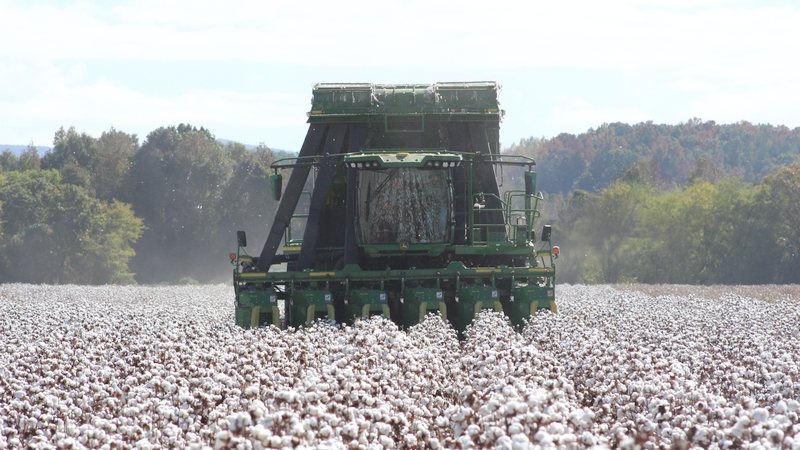Overlapping Residuals: Don’t Miss a Step
University of Georgia Extension weed scientist Dr. Stanley Culpepper says that in the fight to control glyphosate-resistant Palmer amaranth in cotton, don’t miss a step.
“It’s not like, ‘you do this, and you get by with it,’ or ‘you do that, and you get by with it.’ It starts in conservation tillage at burndown with the concept of overlapping residual herbicides until the cotton canopies,” he explains. “It’s a five- or six-step process and you have to do every step.”
There are two resistance-management programs in place in Georgia now – one for Roundup Ready systems, and another for Ignite-based systems.
“If you’re using an Ignite-based program, the goal would be to make those applications of Ignite when the biggest pigweed in the field is three inches tall. If that’s the biggest pigweed in the field and you’re running, you’re in good shape,” Culpepper says. “Again – and I stress this strongly – you must have residual herbicides with your Ignite-based programs, as well.”
Culpepper says that while the Ignite-based program offers more options and flexibility, it’s not a stand-alone. “You still need help with numerous weeds, such as goosegrass, Florida pusley, tropical spiderwort, a lot of things,” he explains. “Even if you can be timely on the pigweed, you still need help. So you have got to be running a residual herbicide.”
But if you’re in a Roundup Ready system and you have glyphosate or ALS-resistant Palmer amaranth, your goal is to never see a single plant. “That’s why the concept of overlapping residual herbicides starts at day one,” Culpepper says. “You don’t want the residual herbicide you used previously to break down before you get the next one out and get it activated. Our programs clearly document that. If you can get on your knees with a magnifying glass and see a resistant pigweed, you can’t kill it with glyphosate.”
For complete details of both programs, see: www.gaweed.com. Printable PDFs can be downloaded.
“There’s a page on biology and there’s one on management. We had about 8,000 laminated and gave them out to growers across the state,” Culpepper says. “It all begins with understanding the biology of the plant. If you don’t understand the biology of the plant, you’re not going to make intelligent management decisions.
Getting It and Being Aggressive
“Fortunately in the state of Georgia, our guys get it and have become very aggressive. They’re getting it because they understand the biology,” he continues. “Once you understand the biology of the plant, you will understand the concept of overlapping residuals. It’s all tied together – the biology and the management – and it’s a total package.”
Culpepper emphasizes that once cotton comes up, it’s too late to start planning your resistance-management program.
“There is no easy answer to the question of what you’re going to do when the cotton comes up. You have to understand that you can’t start there,” he explains. “You should have started planning in February because you had to start learning the biology of the plant, how it’s going to emerge, how it’s going to grow, and how many seeds it’s going to produce.”
Culpepper’s data indicates that 69 Georgia counties have confirmed glyphosate resistance, and at least 93% of the cotton in the state is being grown in fields that have glyphosate resistance.
“So you absolutely have to learn the programs. But having said that, my growers get it and they are aggressive,” he says. “We spent two or three years helping them understand the biology – that’s the key. The management programs have sort of fallen in line after they understand seed production, and pollen movement, and other biological characteristics like that. Those are critical components of managing this pest.”








